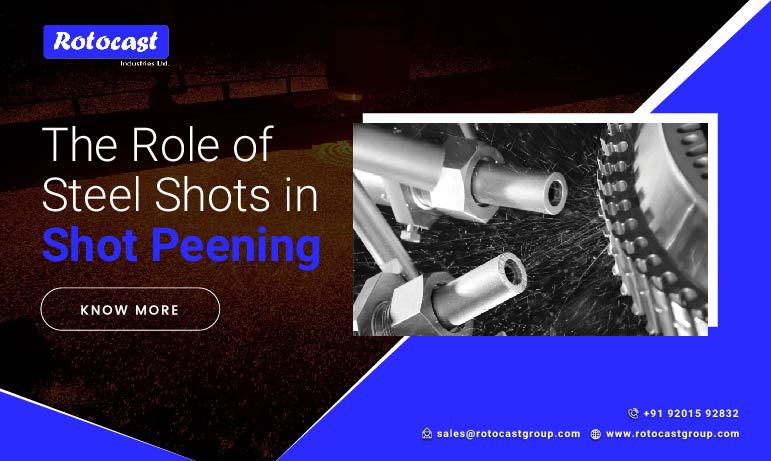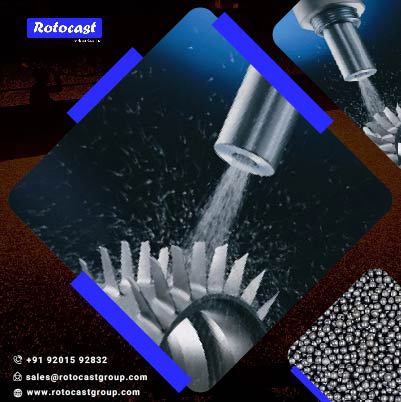
Shot peening is a widely utilized surface treatment process in various industries to improve the fatigue life and durability of metal components. At the heart of this technique lies the crucial role played by steel shots. These small, spherical pellets act as the impact media, delivering controlled and repeated blows to the metal surface to induce beneficial residual compressive stresses.
One of the primary advantages of employing steel shots in shot peening is their exceptional hardness. Steel shots are typically made from high-carbon steel, ensuring they can withstand the intense forces involved in the peening process without deforming. This hardness allows them to effectively create plastic deformation on the surface of the metal workpiece, leading to the formation of compressive stress zones that counteract potential tensile stresses.
 The size and shape of steel shots also contribute significantly to the success of shot peening. The uniform spherical shape ensures consistent and repeatable impacts, promoting a more even distribution of compressive stresses across the treated surface. The size of the shots is carefully selected based on the specific application and material properties, allowing for precise control over the intensity and depth of the peening effect.
The size and shape of steel shots also contribute significantly to the success of shot peening. The uniform spherical shape ensures consistent and repeatable impacts, promoting a more even distribution of compressive stresses across the treated surface. The size of the shots is carefully selected based on the specific application and material properties, allowing for precise control over the intensity and depth of the peening effect.
Steel shots are known for their durability and resistance to wear, ensuring a longer service life and fewer replacements during the shot peening process. This durability not only contributes to cost-effectiveness but also maintains the efficiency and effectiveness of the peening operation over time.
In conclusion, Rotocast steel shots play a pivotal role in shot peening, a process essential for enhancing the durability and fatigue resistance of metal components. Their hardness, uniform shape, and durability make them an ideal choice for inducing beneficial compressive stresses on the surface, ultimately extending the lifespan and reliability of critical engineering components in various industries.
